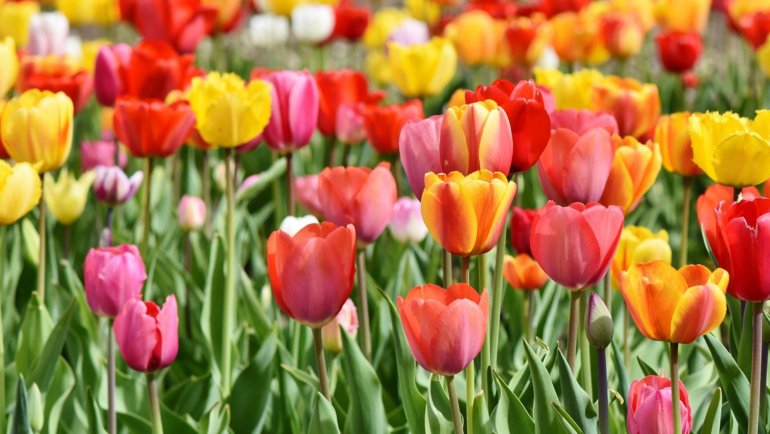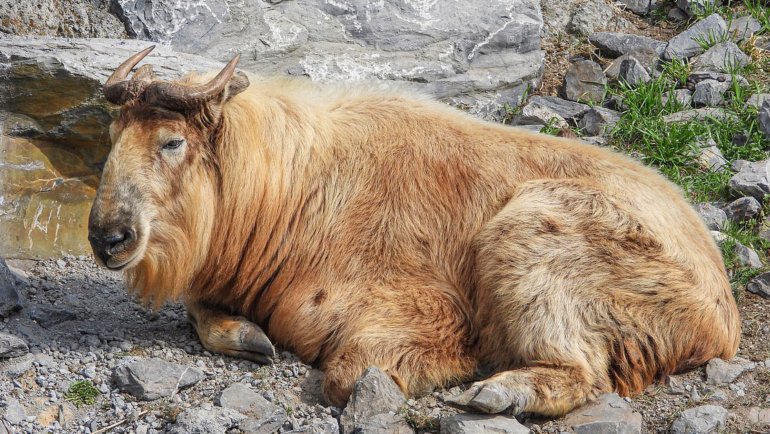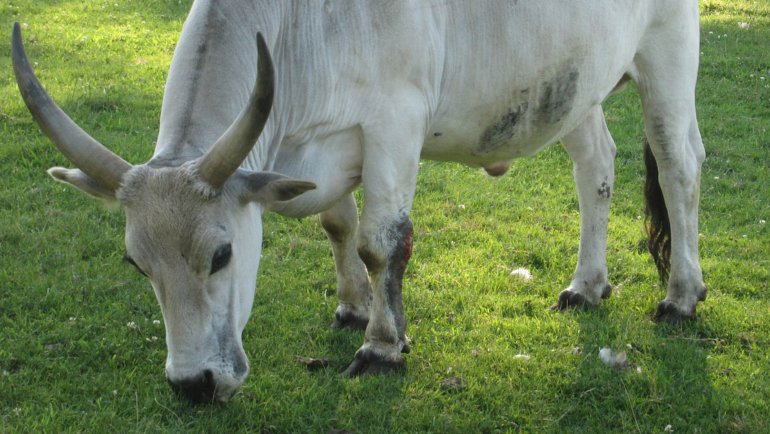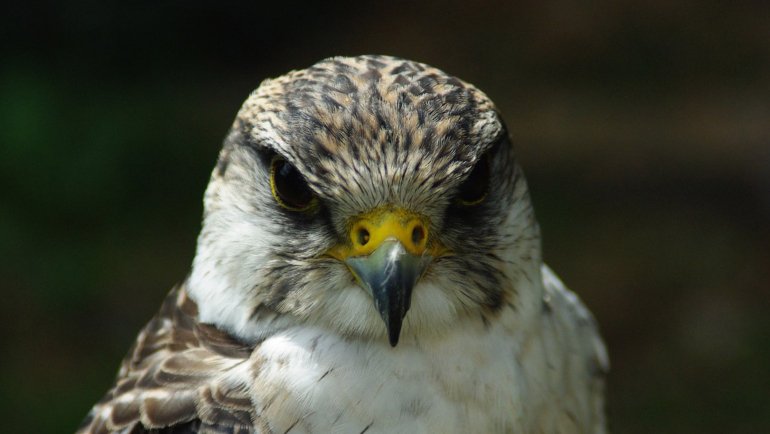Brazil, a land of rich biodiversity, rhythmic sambas, and lively carnivals, holds its national bird, the Rufous-bellied Thrush (Turdus rufiventris), close to its heart. As the vibrancy of Brazil’s culture spills into its natural world, the Rufous-bellied Thrush serves as an unassuming yet integral symbol of this incredible nation.
Did you know that this bird has a close relationship with Brazilian literature, being a frequent subject in the poems of renowned writer Carlos Drummond de Andrade? Stay tuned to discover the intriguing facets of this often-overlooked bird.
Quick Info About The Rufous-Bellied Thrush
| Scientific Name: | Turdus rufiventris |
| Average Size: | 9-10 inches (23-25 cm) |
| Average Wingspan: | 13-15 inches (33-38 cm) |
| Average Weight: | 2.3-2.8 oz (65-80 grams) |
| Average Lifespan: | Up to 5 years |
| Geographical Range: | Brazil, Argentina, Paraguay, Bolivia |
| Habitat: | Woodlands, gardens, urban areas |
| Conservation Status: | Least Concern (IUCN Red List) |
Meet The Rufous-Bellied Thrush, National Bird of Brazil
The Rufous-bellied Thrush is a medium-sized bird with a modest appearance. Its distinctive feature is its reddish-orange belly, contrasting with its otherwise olive-brown body. There’s little sexual dimorphism, which means both males and females look almost the same, making them hard to distinguish at a glance.
In terms of its role in the ecosystem, the Rufous-bellied Thrush is an omnivorous bird that primarily feeds on fruits, insects, and small vertebrates.
While not a top predator, it serves to control insect populations and plays a role in seed dispersal, contributing to the health of its habitat. Natural predators include larger birds of prey and some mammalian species, but its biggest threat is habitat loss due to urbanization.
So, the Rufous-bellied Thrush may not possess the flamboyant colors of some other Brazilian avian species, but it holds a unique place in both the ecosystem and the hearts of the people. It’s a harmonious co-resident in both urban and rural settings, making it a true symbol of Brazil’s interconnectedness with its natural world.
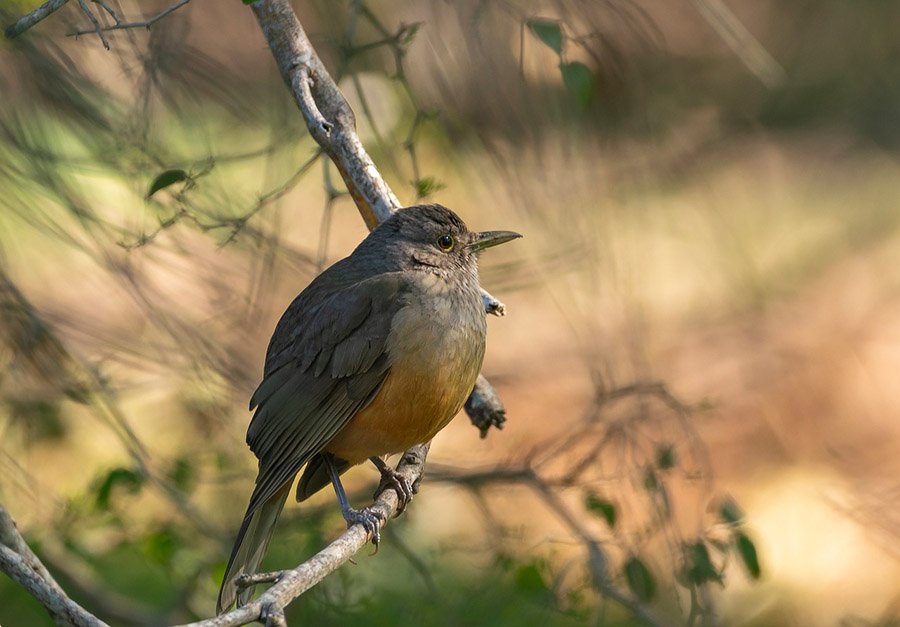
Where Does The Rufous-Bellied Thrush Live?
The Rufous-bellied Thrush is highly adaptable, and found in a range of habitats across Brazil and neighboring countries. While they prefer wooded areas and forests, they are a common sight in urban parks and gardens, coexisting comfortably alongside humans.
The climate within its geographical range varies, but the bird seems to prefer more temperate zones to tropical rainforests. It has also been spotted in parts of Argentina, Paraguay, and Bolivia, suggesting a degree of adaptability to different ecosystems.
Why and When Did The Rufous-Bellied Thrush Become The National Bird of Brazil?
Brazil’s choice for its national bird might seem modest compared to the vibrant toucans or the elegant harpy eagles that also call this country home, but the Rufous-bellied Thrush holds a special place in Brazilian culture and literature. The bird was officially designated as the national bird in 2002, but its cultural significance traces back much further.
Famous Brazilian poets like Carlos Drummond de Andrade have immortalized the Rufous-bellied Thrush in their work, emphasizing its melodious song and linking it to the soul of the Brazilian people. The bird symbolizes simplicity, beauty, and a connection to the land—qualities deeply cherished by Brazilians.
While there haven’t been significant controversies regarding its designation as a national symbol, some ornithologists and environmentalists did argue that other endangered species could have benefitted from the status, helping in their conservation. However, the Rufous-bellied Thrush remains a unifying symbol, one that is easily recognizable and close to the hearts of the Brazilian people.
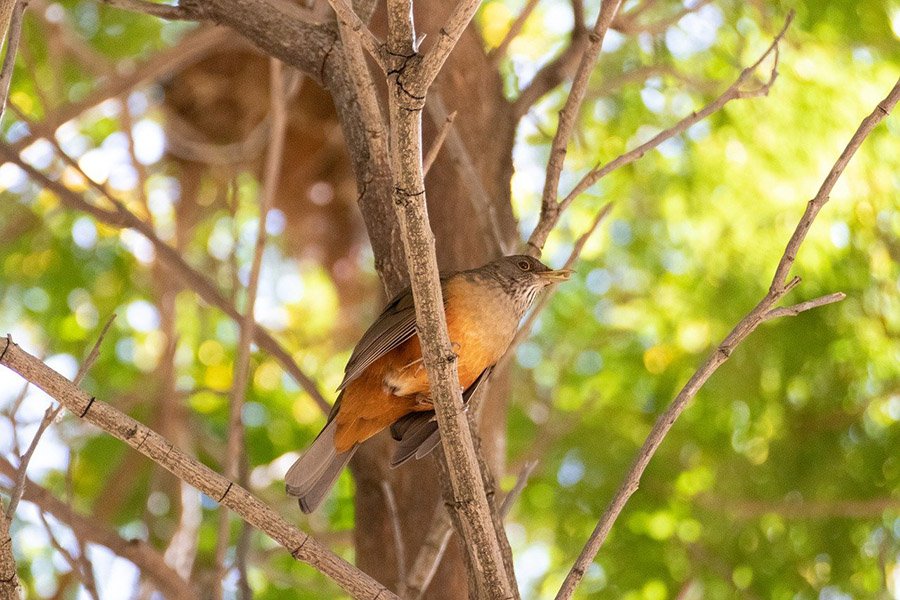
Where is The Rufous-Bellied Thrush Featured in Brazil?
The Rufous-bellied Thrush may not adorn the national flag or currency, but its influence permeates cultural and artistic realms. From poetry to folk songs, the bird is often the subject of artistic expression.
Additionally, it is frequently depicted in Brazilian art and even in educational materials aimed at promoting wildlife conservation. Its song is a quintessential sound in many Brazilian neighborhoods, adding a natural melody to the everyday lives of the people.
In this way, the Rufous-bellied Thrush lives not just in the gardens and forests of Brazil but also in its literature, art, and—most importantly—in the hearts of its people.
Names of The Rufous-Bellied Thrush
Known scientifically as Turdus rufiventris, the Rufous-bellied Thrush has several common names, depending on the region and language. In Portuguese, it’s commonly called “Sabiá-laranjeira,” but it is simply referred to as “Sabiá” in colloquial speech.
The bird doesn’t have many synonyms in scientific literature, sticking mainly to its Latin name. In Argentina and Paraguay, where the bird is also found, it is known by different local names.
Is The Rufous-Bellied Thrush Endangered?
Fortunately, the Rufous-bellied Thrush is currently listed as a species of “Least Concern” on the IUCN Red List. It is quite adaptable and copes well with human-altered landscapes. However, like all wildlife, it is vulnerable to significant habitat destruction and pollution.
In Brazil, there are educational programs aimed at wildlife conservation, including the Rufous-bellied Thrush, but no large-scale, species-specific conservation programs exist.
The bird’s resilient nature has thus far saved it from becoming endangered, but continuous monitoring is necessary, given the ever-encroaching human activities into natural habitats.
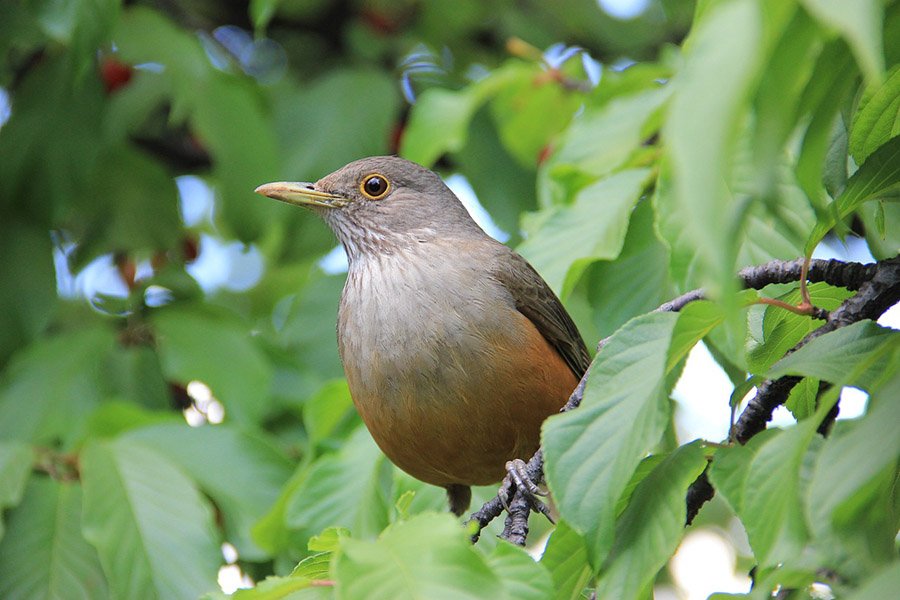
Interesting Facts About The Rufous-Bellied Thrush
- Musical Muse: The bird’s song has inspired numerous poets and musicians in Brazil. Its melodious call is considered one of the most beautiful in the bird world.
- Parental Care: Both the male and female participate in the raising of their young—a somewhat rare phenomenon in the bird world.
- Dietary Diversity: Its diet is highly varied, consisting of fruits, insects, and small invertebrates, indicating a highly adaptable feeding behavior.
- Cultural Significance: The Rufous-bellied Thrush has been mentioned in various Brazilian literary works, making it not just a biological entity but also a cultural symbol.
- Social Structure: The Rufous-bellied Thrush is a social bird but turns fiercely territorial during the breeding season. It sings to establish its territory and to attract a mate.
- Egg Color: Unlike many other birds, the Rufous-bellied Thrush lays pale blue eggs, a feature that has intrigued ornithologists.
- Adaptability: This bird can live at a range of altitudes and in various types of environments, from semi-arid areas to humid forests, showcasing its adaptability.
Other Beautiful Birds Native To Brazil
- Hyacinth Macaw: Known for its stunning blue feathers and formidable beak, this is the largest of all flying parrot species.
- Brazilian Tanager: This vibrant red bird is endemic to the coastal regions of Brazil and is a stunning sight against the green foliage.
- Amazon Kingfisher: Found in the Amazon basin, this kingfisher has beautiful green and blue plumage and is known for its fishing skills.
- Guianan Cock-of-the-rock: With its bright orange plumage and fan-like crest, this bird is an emblem of the Amazon rainforest.
- Bare-throated Bellbird: Known for its incredibly loud call, which can be heard for miles, the male of this species has striking white plumage with a bare, blue throat.
What Is Another National Animal of Brazil?
In addition to the Rufous-bellied Thrush, the Jaguar (Panthera onca) holds a special place as Brazil’s national animal. This magnificent big cat symbolizes strength, agility, and power. Found in the Amazon Rainforest, the jaguar is a critical apex predator, helping to maintain the health of its ecosystems. However, it’s endangered due to habitat loss and illegal poaching.
Frequently Asked Questions
Why was the Rufous-bellied Thrush chosen as Brazil’s national bird?
The Rufous-bellied Thrush was chosen due to its widespread presence in Brazil and its cultural significance, especially its impact on Brazilian music and literature.
Is it illegal to hunt the Rufous-bellied Thrush?
Yes, it’s illegal to hunt or capture this bird in Brazil. Conservation laws protect native species.
What is the Rufous-bellied Thrush’s song like?
Its song is melodious and complex, often described as one of the most beautiful bird songs in Brazil.
Do they migrate?
Generally, the Rufous-bellied Thrush is sedentary and does not migrate, although some local movements may occur.
What other symbols are associated with Brazil?
The national flag, featuring a green field and a yellow diamond, is another powerful symbol, as is the national anthem. The country also has other official and unofficial symbols like the national flower (golden trumpet) and the national tree (pau-brasil).
